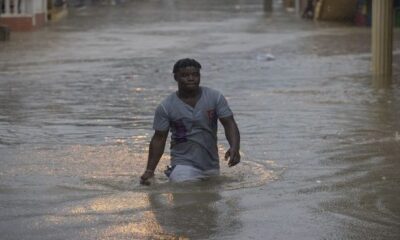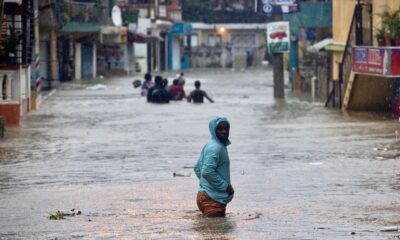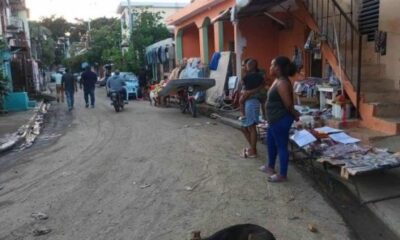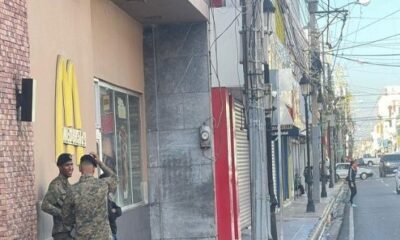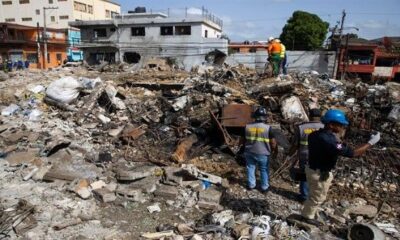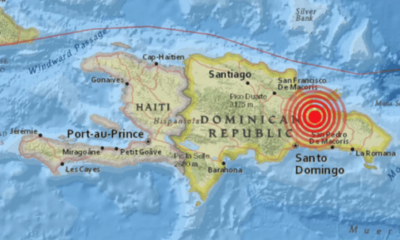International
The border market with the Dominican Republic, Haitians’ solution to stock up
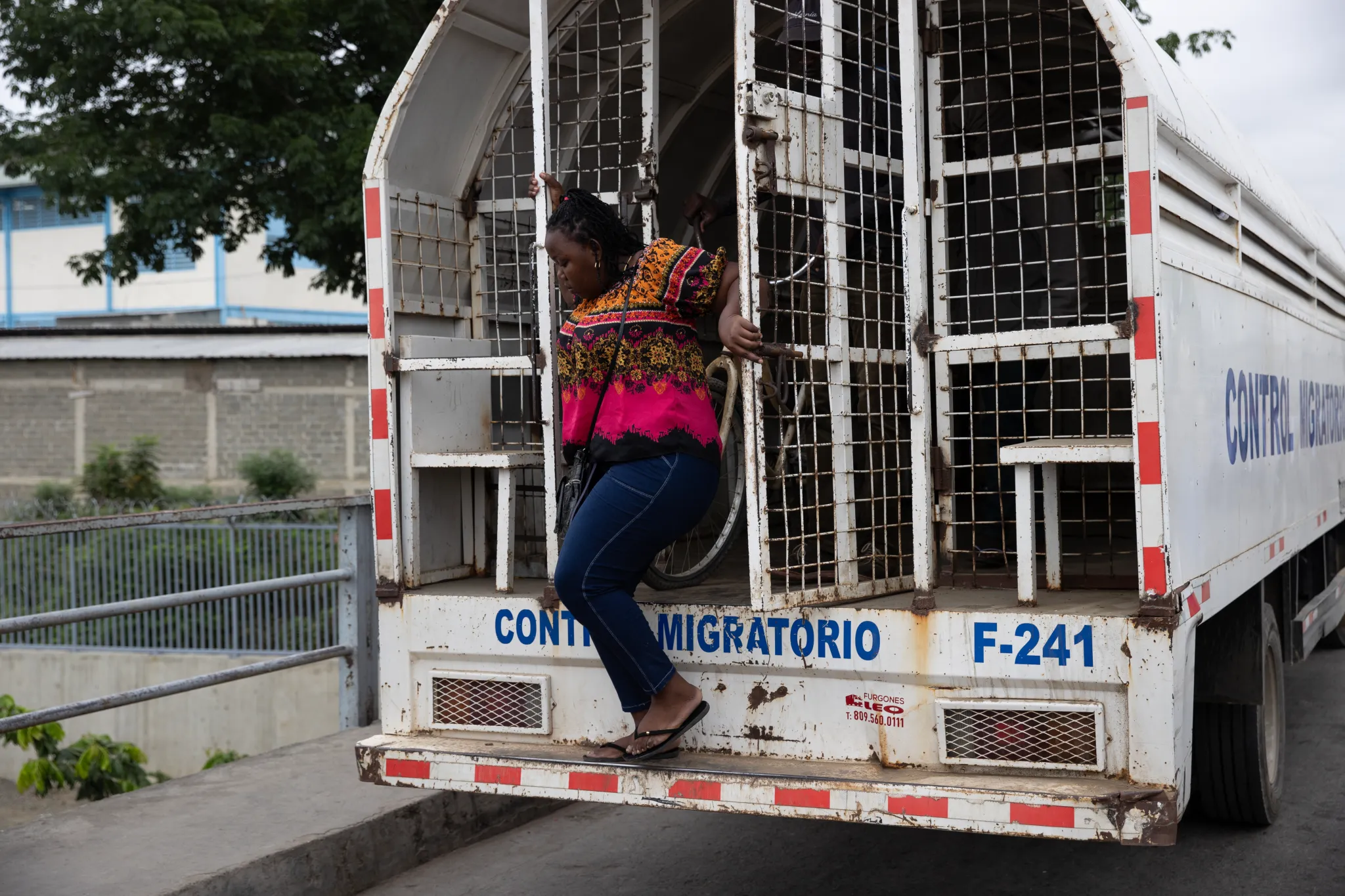
On Mondays and Fridays, when the binational market of Dajabón (northwest of the Dominican Republic) officially operates, thousands of Haitians crowd at the border to cross the neighboring country and stock up on items that are scarce in their territory and also to sell their products.
This Monday is no exception. At 8 o’clock in the morning and under the strong surveillance of the Specialized Border Security Corps (Cesfront) and the intelligence services, the Dominican Republic opens the border gate. On the other hand, thousands of Haitians, mainly women, have been waiting since the early hours of the morning for the binational market to begin.
A Cesfront official tells EFE that on Mondays and Fridays about 35,000 Haitians can cross the gate, many of whom come in search of food products such as bananas, eggs, salami, rice and flour, due to the deep crisis that their country is experiencing and insecurity.
According to the Food Organization of the United Nations (FAO), the lack of food leads to almost half of the Haitian population, that is, 4.97 million people out of a total of 11 million, facing acute food insecurity and, of these, 1.64 million are in phase 4 of emergency of the Integrated Classification of Food Security Phases (CIF).
But Haitians don’t just come to buy, others come to offer their products. This is the case of Archibald Wilfred, 45, a resident of the Haitian town of Ouanaminthe (just a few meters from the border) and who for six years has had a food products position in the binational market.
“Now I sell much more food than before because, unfortunately, there is not much food there. There is very little food and there is no money anymore,” he tells EFE Archibald, whose customers are mainly merchants from various cities in Haiti, even the capital, who later resell the merchandise.
When asked about his opinion about the deployment of a foreign mission in his country, Archibald considers that “the arrival of troops is 50 percent of the solution. If they arrive it will be good because people expect to have security and with them the gangs will end,” he confides.
Meanwhile, on the other side of the border, many Haitian policemen try to put order and separate into groups the thousands of people who are waiting to reach the border bridge in a relatively orderly manner, before entering the Dominican side.
Despite police efforts, on several occasions the situation becomes chaotic because many want to be the first to cross, which causes pushes, blows and falls.
In Dajabón, the Dominican authorities proceed to take the biometric data of the thousands of people who enter, as a way to control entry into the country.
Already inside the binational market, there are thousands of people who move in an unstoppable tingling, between shouting and pushing, buying and selling all kinds of products, mainly food, as can be seen in the long line of wheelbrows, ‘tricycles’ and packages on the heads of women returning to Haiti.
Through the border, not only do sellers and buyers enter and leave. Half an hour after the border gate is opened, the first truck of the Dominican Directorate General of Migration arrives that transports dozens of Haitians deported from the country.
María, a young woman of about 30 years old, gets off “the truck,” crying and trembling: “I have lived all my life in Dajabón, but my mother never did the papers for me,” she says.
“I went out to buy something and migration got me into the truck. I don’t know what I’m going to do now,” he adds, as he walks slowly towards Ouanaminthe.
And it’s not the only truck. Throughout the day, there are several who arrive with people who are expelled, a policy that continues despite the calls of the UN and human rights organizations to cease deportations from the Dominican Republic in the face of violence and the critical situation in Haiti.
International
Rubio rules out 2028 presidential bid if Vance runs
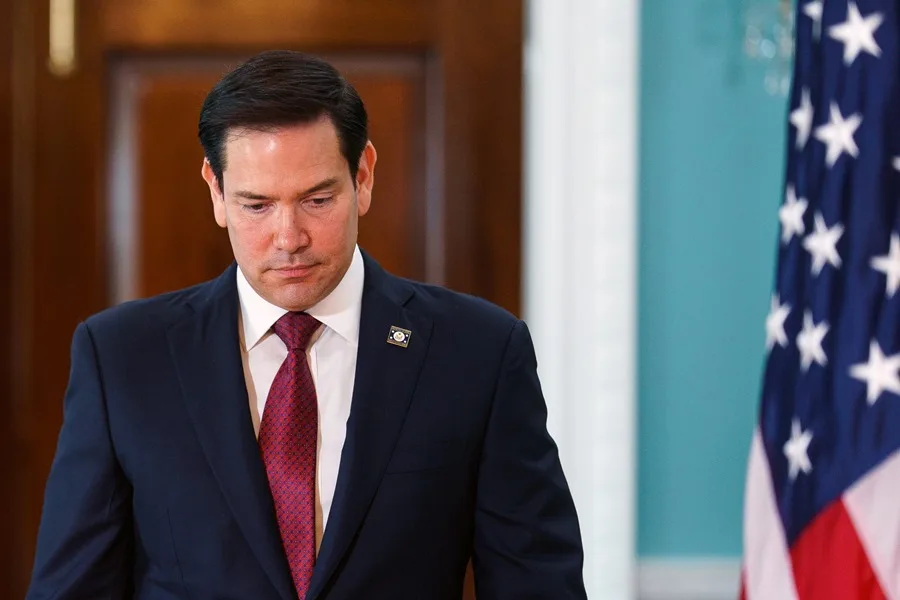
U.S. Secretary of State Marco Rubio said he would not seek the presidency in 2028 if current Vice President JD Vancedecides to run as the Republican nominee to succeed President Donald Trump.
“If JD Vance runs for president, he will be our candidate, and I will be one of the first people to support him,” Rubio said in an interview with Vanity Fair, in which he appeared alongside other senior members of the presidential cabinet.
Rubio, 54, and Vance, 41, are widely viewed as two of the leading Republican figures who could headline the party’s ticket in the 2028 election. Under the U.S. Constitution, Trump is barred from seeking another term after completing two presidential mandates.
In a lighthearted moment during the interview, Vance jokingly offered photographers $1,000 if they managed to make him look better than Rubio in the photos. Both leaders have received public backing from Trump, who last October floated the idea of a joint ticket featuring Rubio and Vance, without clarifying who would lead it.
“I think that if they ever teamed up, they would be unstoppable. I don’t think anyone would run against us,” Trump said at the time.
White House Chief of Staff Susie Wiles, who also took part in the interview, confirmed that Trump does not intend to violate the 22nd Amendment, which prohibits a third presidential term, though she acknowledged that the president is “having fun” with speculation about a possible return to office.
Rubio, the son of Cuban immigrants, served as a Republican senator from 2010 to 2025. He sought the party’s presidential nomination in 2016 but was defeated by Trump after a bruising primary contest. His name was floated as a potential vice presidential pick in 2024, but Vance ultimately secured the spot. After taking office, Trump appointed Rubio as secretary of state, making him the first Latino to hold the position.
International
Authorities search for armed and dangerous suspect in fatal Brown University attack
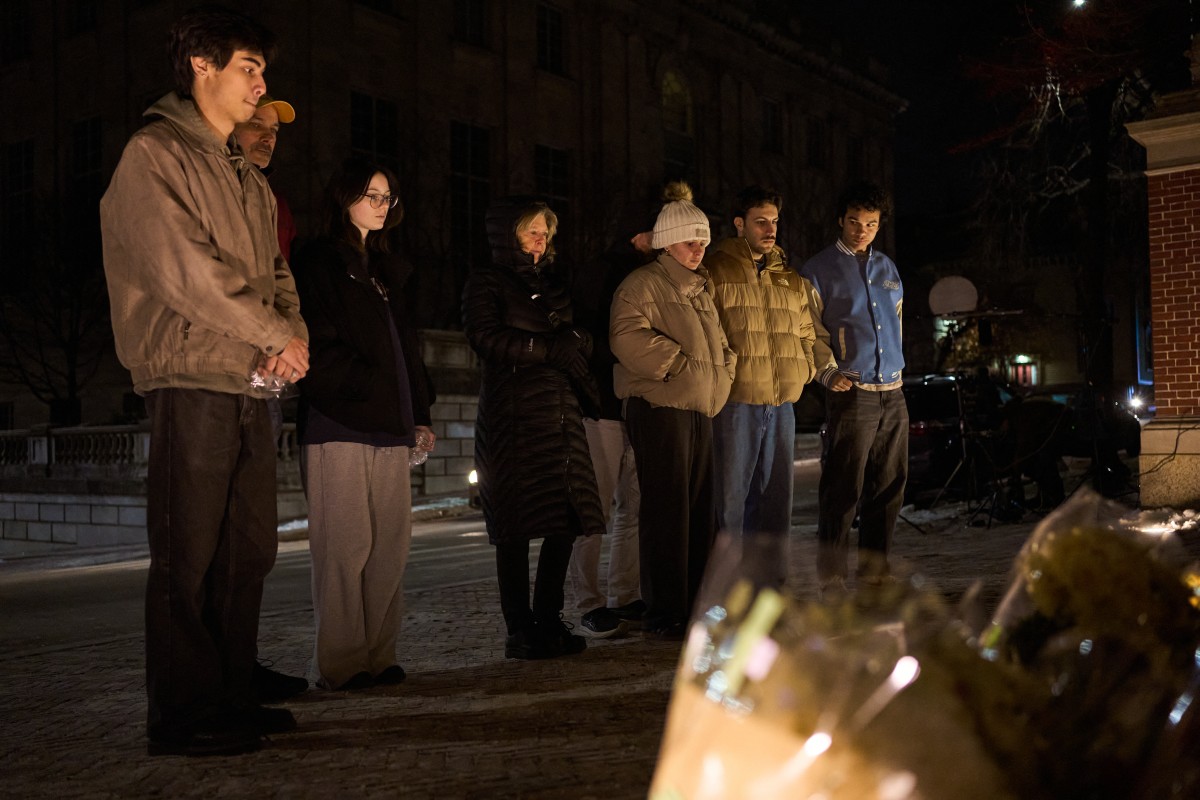
According to the statement, investigators are “seeking the public’s help to identify and speak with an individual” who was seen “near” the suspect at the time of the attack.
The Providence Police Department in Rhode Island released three photos of the person of interest, whose face has been blurred. In the images, the individual is wearing navy blue clothing, what appears to be a green hood, and carrying a light-colored backpack.
Earlier, authorities had released several photos and videos of a suspect described as “approximately 5 feet 8 inches tall, with a stocky build,” dressed in dark clothing, with their face covered by a surgical mask and wearing a beanie. The suspect’s identity remains unknown.
Authorities are offering a $50,000 reward for any information leading to the identification, arrest, and conviction of the person responsible for the killings, who is considered armed and dangerous.
The gunman opened fire on Saturday at Brown University’s engineering and physics building, where exams were being held, killing students Ella Cook and Mukhammad Aziz Umurzokov. The names of the nine people injured have not been released.
International
Police investigate deaths of Rob Reiner and wife as apparent homicide

The Los Angeles Police Department (LAPD) is investigating the deaths of Hollywood actor and filmmaker Rob Reinerand his wife as an “apparent homicide,” amid a wave of tributes to the director of classics such as When Harry Met Sally.
According to U.S. media reports on Sunday, Rob Reiner and Michele Singer Reiner were found dead at their Los Angeles mansion with what appeared to be stab wounds.
Several political figures shared messages of condolence following the reported deaths of the director of A Few Good Menand his wife.
While the LAPD did not officially confirm the identities of the victims, it stated that homicide detectives were dispatched to the Reiner residence.
“At this time, no additional details are available and the investigation into an apparent homicide is ongoing,” the Los Angeles Police Department said in a statement posted on social media.
LAPD Deputy Chief Alan Hamilton told reporters that no arrests have been made and that no individuals are currently being questioned as suspects.
“I’m not going to confirm whether anyone is being questioned at this moment or not. We are going to try to speak with as many family members as we can,” Hamilton said.
CNN reported that a family spokesperson confirmed the deaths of Reiner and his wife.
California Governor Gavin Newsom, former U.S. President Barack Obama, and former Vice President Kamala Harrisissued statements expressing their condolences.
-

 Central America3 days ago
Central America3 days agoPanama seizes over three tons of drugs hidden in Caribbean port container
-

 International3 days ago
International3 days agoPolice investigate deaths of Rob Reiner and wife as apparent homicide
-

 International4 days ago
International4 days agoSeveral people shot in attack on Brown University campus
-

 Central America3 days ago
Central America3 days agoOAS urges swift recount in Honduras as election results remain uncertain
-
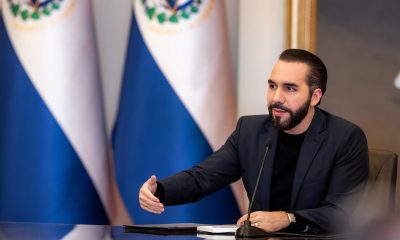
 Central America2 days ago
Central America2 days agoBukele says AI partnership with xAI will transform public education in El Salvador
-
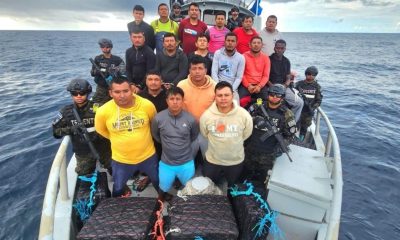
 Central America2 days ago
Central America2 days agoEl Salvador ranks among top countries in the Americas in fight against organized crime
-

 International4 days ago
International4 days agoU.S. and Mexico Reach Deal to Address Water Deficit Under 1944 Treaty
-
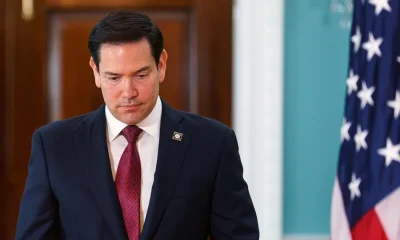
 International13 hours ago
International13 hours agoRubio rules out 2028 presidential bid if Vance runs
-

 Central America13 hours ago
Central America13 hours agoArrests and clashes in Tegucigalpa as vote count continues after Honduras election
-
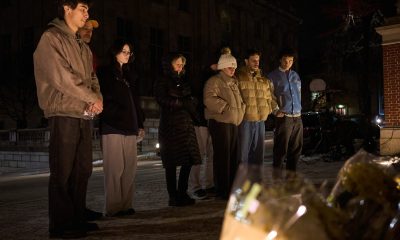
 International13 hours ago
International13 hours agoAuthorities search for armed and dangerous suspect in fatal Brown University attack



























